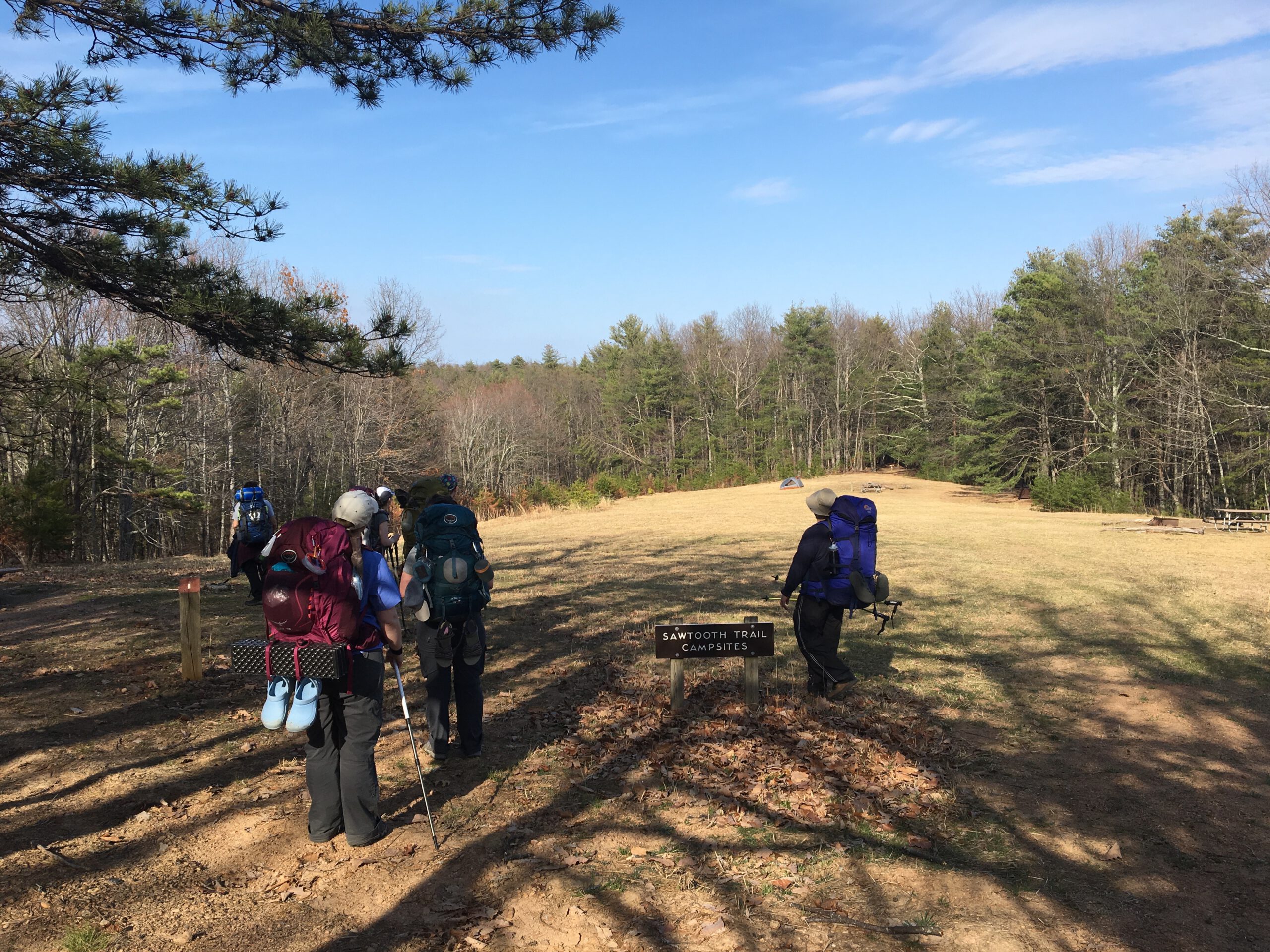 Let’s talk for a minute about backpacking.
Let’s talk for a minute about backpacking.You mean strapping a bulky, steel-frame pack with 60 pounds of gear to your back and hiking 20 miles?
No, I’m talking about slipping on a custom-fit, internal-frame pack with about 30 pounds and hiking 10, maybe 12 miles tops.
And eating pork and beans out of a can, and drinking water treated with iodine that tastes so bad you have to mask it with Kool-Aid?
Actually, I’m talking about feasting on entrees such as lasagna and chicken with wild rice, and washing it down with sweet mountain stream water treated with a modern filtration system.
And sleeping — or not sleeping — on hard ground in a cloth bag that will leave you shivering if the temperature drops below 40?
I’m talking about a bed consisting of a plush inflatable pad and a cozy down sleeping bag that will make you forget all about that sleep number back home.
Are you sure you’re talking about backpacking?
Yes indeed, though I’m not talking about your father’s backpacking, when canvas tents became sieves at the slightest touch when it rained, when external frame packs made their mark, literally, on your back, and when we hiked in jeans, which were great — until they got a little wet.
I’m talking backpacking, modern style.
Backpacking, modern style
Ever since I wrote “Backpacking North Carolina” in 2011, I’ve been on a mission to dispel the myths of backpacking. Take that 60-pound pack. Sure, back when you did subsist on canned goods and you cooked out of a cast-iron skillet, you could wrack up the weight pretty quickly. But today, nearly every foodstuff either comes dehydrated or can be dehydrated (check out this ice cream sandwich). And titanium may be pricey, but it can also provide a cookset weighing less than a pound.
Or sleeping. Manufacturers have employed open-cell technology to create inflatable sleeping pads that offer a plush lift rivaling your mattress at home. Plus, they weigh ounces and can be broken down to take up minimal room in your pack. And if you thought climbing into bed at home on a cold winter’s night was something special, wait until you’ve snuggled into a modern sleeping bag for the evening.
And about those 20-mile days. If we were Marines on a mission, 20 miles in a day would make sense. But the goal of recreational backpacking isn’t to save the free world, it’s to be free of it. And that means adhering to your own schedule, one you can make as leisurely as you like.
Intrigued by what you’re hearing of this friendly new way of backpacking?
Then you’ll be intrigued by our GetBackpacking! program.
GetBackpacking! Backpacking 101
GetBackpacking! is a three-part program intended to turn the backpacker-wanna-be into a bonafide backpacker. We start with three weekly training hikes:
Session 1: Gear Get-Together. We meet in the store to get to know one another and to discuss gear..
Session 2: We spend five hours in the field going over every aspect of backpacking. We start by hiking 2-3 miles in full pack, then look for what constitutes a suitable campsite. We pitch camp, we cook lunch and discuss cooking options and how to eat on the trail, we break camp, we hike 2-3 miles out.
Session 3: Graduation trip to the mountains, leaving Friday afternoon and returning Sunday. Two nights on the trail. The hike in is usually short; Saturday we’ll hike from 5 to 7 miles; Sunday, we’ll hike out about 5 to 7 miles.
About the gear: If you don’t have everything, don’t worry: We have a limited number of backpacks, tents and stoves. The main gear you’ll need are a good pair of boots and trail-friendly clothes — basically, what you wear to hike.
To make sure each participant gets the specialized attention he or she needs, the four-week sessions are limited to 12 participants each. The fee for the program is $155. You’ll receive a 20 percent off coupon for one piece of backpacking equipment during our session, as well as a variety of eguides on gear, technique, where to camp, etc..
* * *
For information on our next sessions, visit the following GetHiking! Meetup sites: GetHiking! Triangle, GetHiking! Triad, GetHiking! Charlotte and GetHiking! Virginia Beach.
